With An LA Story: The Making of the award-winning Notes from the New World, VMP Films is exploring the challenges that arise when making an independent film in LA, some of which are more unexpected than others. An LA Story is a unique version of the traditional making-of documentary which explores a drama of a missing screenwriter, the Russian mafia, and much more in a tense and thrilling film.
In the past, some of the greatest filmmakers have created their own versions of ‘inside’ films, which focus on Hollywood and the movie-making process. One of the most remarkable films in this genre is Robert Altman’s 1992 Hollywood satire Thttps://www.imdb.com/title/tt0105151/ The Player, which follows a Hollywood executive who starts receiving death threats from a writer whose script he rejected.
Both VMP Films upcoming release An LA Story and the seminal hollywood-centric comedy The Player focus on the dark underbelly of filmmaking, especially in the sunny and bright atmosphere of Los Angeles.
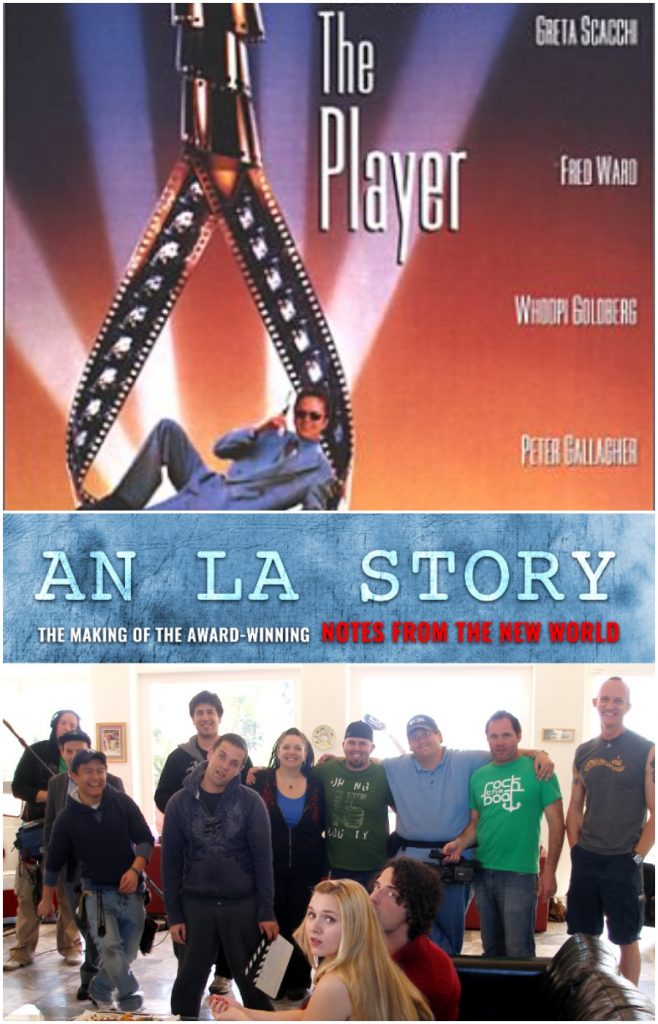
Dark Underbelly of Hollywood
An LA Story focuses on the making of Notes from the New World, and the story which unravels reaches in dark, disturbing directions which bear similarities to the Hollywood satire of The Player.
The disturbing energy of The Player does not come from the screenwriter sending death threats, but more from the hollywood mindset of our main character, powerful studio executive Griffin Mill (Tim Robbins) whose time in the spotlight might be ending soon, with or without the interference of budding screenwriter David Kahane (Vincent D’Onofrio).
As the film progresses, Griffin is covering up more and more, including the murder of said screenwriter, and thus the film explores its most biting Hollywood satire. Griffin, powerful executive at a major studio, does everything he can to be seen as innocent, even though the audience knows what he did the entire time, and we also know that the man he killed was not his stalker. Thus, Griffin killed an innocent man just from the possibility that he might lose his high-paying career as the decider of which films do and do not get made.
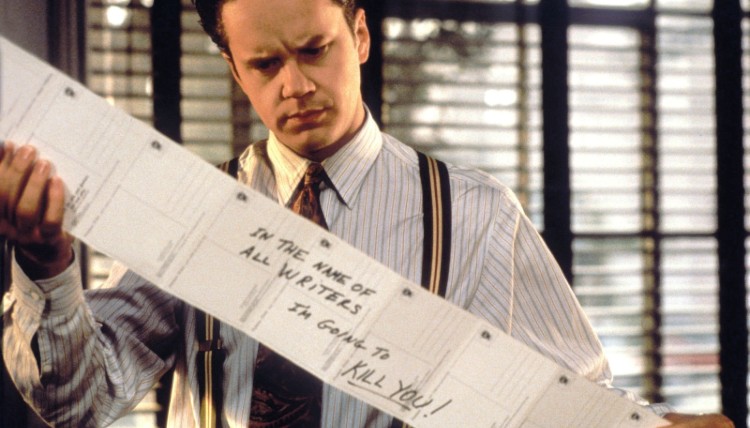
The Player satirizes Hollywood through its story of a missing screenwriter, who the audience knows was murdered by the studio executive protagonist. The film is a dark comedy, showing how Griffin Mill covers up murdering the wrong person, showing his multiple close calls, including an eye witness that cannot identify him.
Showing the true nature of his character, Griffin Mill begins a relationship with the writer’s ex girlfriend June Gudmundsdottir (Greta Scacchi) and slowly, she falls in love with him and admits this right after he admits to murdering her ex boyfriend.
This focus on uncovering the darkness of LA while also capturing the importance of filmmaking is a major presence within An LA Story as well as VMP Films’ past projects. If you enjoy watching the challenging story unfold within The Player, An LA Story is a perfect modern ‘making-of’ film that will draw you in with its dramatic and tense story, and keep you engaged through its depictions of filmmakers following their passion to make movies, no matter what obstacles they might face.
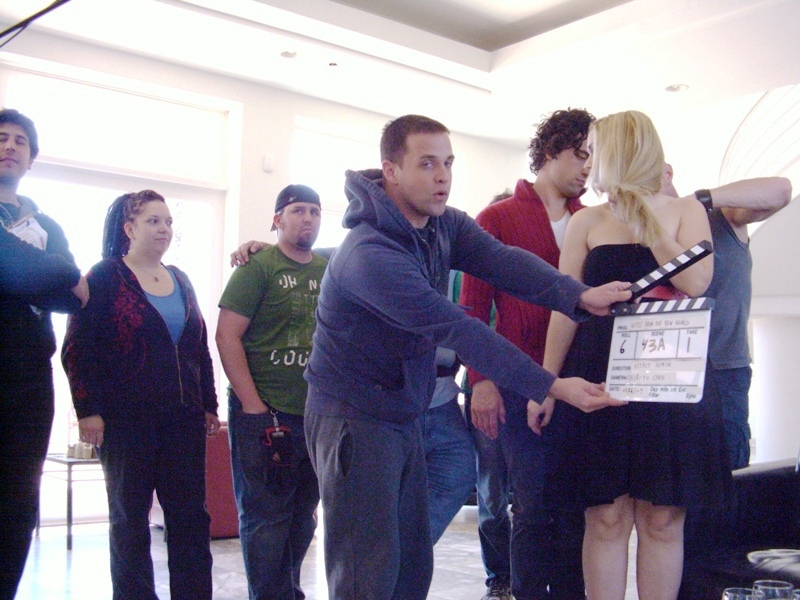
Use of Form to Challenge Genre
As The Player explored Hollywood satire from within the Hollywood system, An LA Story tackles the traditional ‘making-of’ documentary in new ways, exploring the full extent of its behind the scenes story. Both films challenge their genre through their use of form.
The Player challenges dark Hollywood satire by making a film which is both darkly comedic and tackles difficult aspects of the industry which it satirizes, but does so with a light touch, creating a film which feels both biting but acceptable to the people at which the satire is aimed. This brings a new idea into creating light satire. Robert Altman’s skill as a writer and director comes through well in this film. His vision of commenting on the cutthroat nature of the entertainment world is not downplayed, but the film also is well-received by the subjects of the satire.
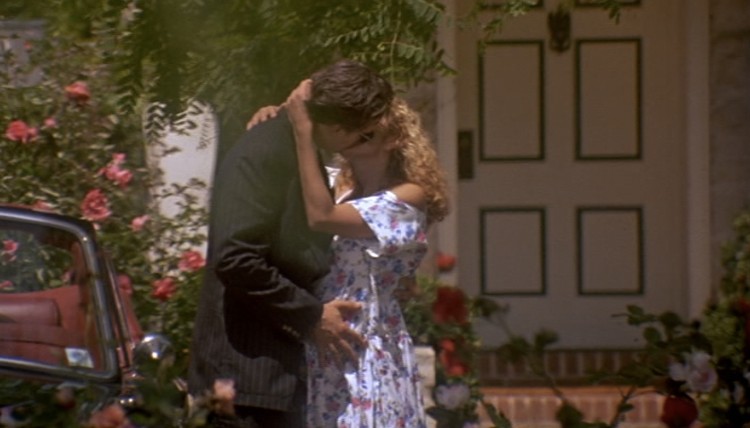
The Player shows both affection for filmmaking, while also satirizing the culture and focus on box office success in Hollywood. The film manages to ride the line between the darkness of its depiction and its affection for movie-making and the history of cinema. The film includes 63 cameo appearances, which often include actors, directors, and writers playing themselves within the film.
While The Player challenges the form of satire through this blend of dark and light commentary An LA Story challenges our expectations of what a making-of documentary can be and which stories can be told. An LA Story bridges the gap between documentary and thriller like The Player strides between comedy and mystery.
We don’t expect a tale of cults, missing screenwriters, and the Russian mafia when we venture into a making-of film, but all of that and much more comes through in An LA Story. This groundbreaking documentary challenges our expectations and tells a story that you will never forget.
Here’s, for example (one of the many!..), what happened during the VMP’s production:
Movie-Making Process
Robert Altman’s satirical dark comedy The Player is a quintessential film about movie-making. The film is an adaptation of Michael Tolkin’s novel of the same name. Tolkin also wrote the screenplay for the film, making sure to keep the original satirical tone of his novel. Tolkin knows this world inside and out. His mother was a studio executive and his father was the comedy writer Mel Tolkin. Tolkin’s novel and film adaptation are often noted as some of the best depictions of the film industry, even with its plot of corruption and death threats.
An LA Story, being a documentary following the making of an independent film, also explores the movie-making process with its own thrilling and intense story. Within its story of Robert Hurley, the screenwriter who has gone missing and is possibly linked to a cult, the film also shares the daily challenges of making an independent film.
The Player, in addition to its dark plot, also features moments of the daily work life of Griffin Mill and everyone else at his big movie studio. The depictions of how studios only pick a tiny percentage of screenplays to develop, and how studios twist films into stereotypical ‘Hollywood endings’ show just how realistic this satire is at its heart.
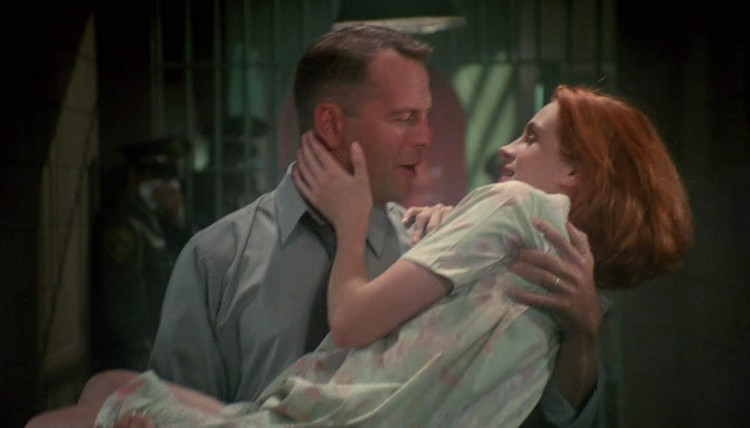
The film gives us glimpses into multiple screenwriters, one who was rejected and one who was accepted by the studio, but even the writer whose script was picked up has to deal with the corruption of the studio system. When Griffin Mill goes to meet his stalker, he is approached by two other screenwriters Tom Oakley and Andy Sivella (Richard E. Grant and Dean Stockwell). They pitch a legal drama called Habeas Corpus. They want to keep their depressing ending and do not want the film to contain any stars. When Habeas Corpus is completed and the studio executives watch, the film has a new happy ending and stars Julia Roberts and Bruce Willis.
This moment also leads us to Mill’s own happy ending, where even though he murdered a screenwriter, he remains studio executive and is now married to the ex girlfriend of the man he killed. The Player is a film about film-making, including the concept of what makes an ending truly happy. Neither the tacked-on ‘hollywood ending’ to Tom and Andy’s screenplay or Griffin’s glossy suburbia-tinted ending are happy for the audience, but exist within the Hollywood world of tidy, wrapped-up, “happy” endings.
An LA Story (aka Dostoyevsky Reimagined) explores film-making by showing us the struggles these independent filmmakers face to bring their vision to life without compromising, and we see first-hand what goes into making a movie, and the dangers that can lurk behind trying to bring a screenplay to life when certain powerful groups want that truth to be hidden.
Conclusion
The Player and An LA Story both examine Hollywood in different ways, exploring the movie-making process from a narrative fiction film and a making-of documentary lens, while still capturing similar tones of danger, corruption, and mystery. Do you see connections between The Player and VMP Productions’ upcoming documentary? If you like The Player, especially its tale of missing, presumed dead, screenwriter and how that works into the larger story of Hollywood studio executives and corruption, donate to An LA Story, so we can finish up our last parts of the post-production process and finally bring the film to our anticipating audiences around the world! Do you want to participate in bringing this groundbreaking making-of documentary to life? Send your tax-deductible donations today!
Want to know more about VMP Films‘ Dostoyevsky-Los Angeles Project and about the films we make? Want to participate in our projects? Sign up to get tickets to the premiere of our movie (currently in post production), An LA Story (aka Dostoyevsky Reimagined-BTS) and grab our FREE e-books !
Follow us through our social media on Twitter, Facebook, Pinterest, Tumblr, Instagram, Goodreads.
Edited by Amanda Mazzillo & VMP Films
Fair Use

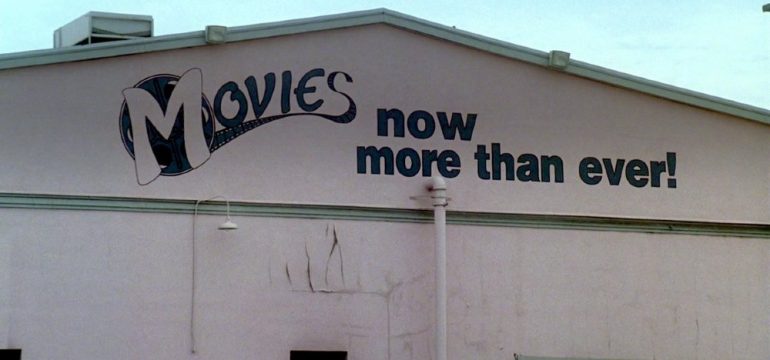
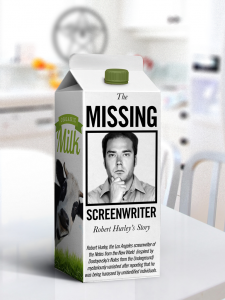



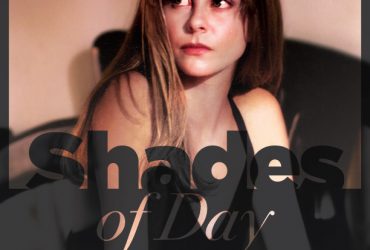

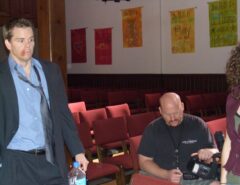
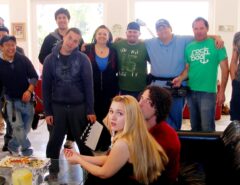
Leave a Reply